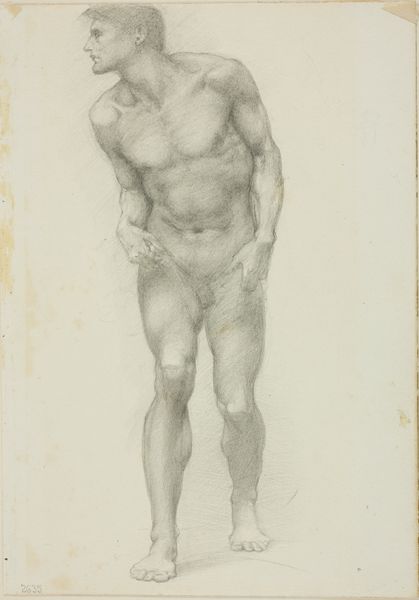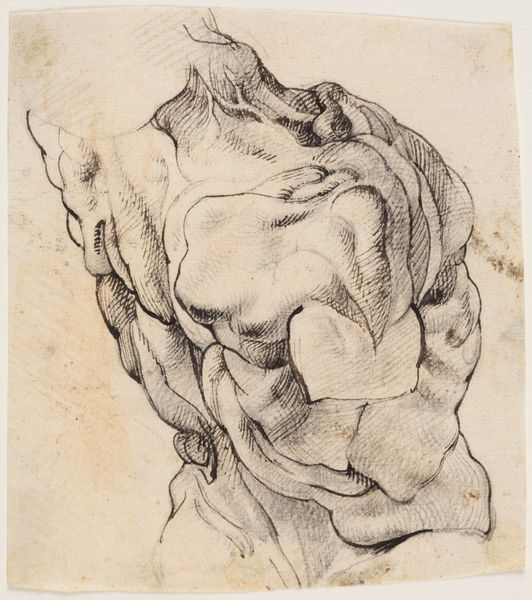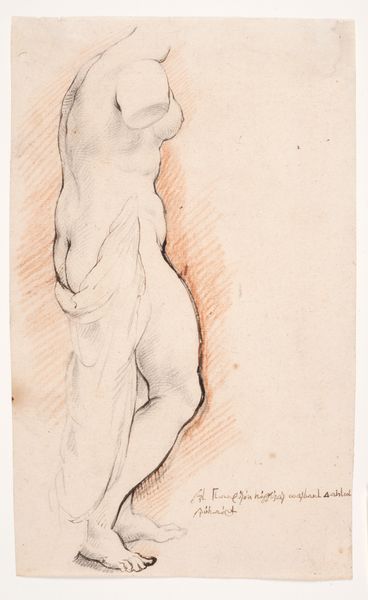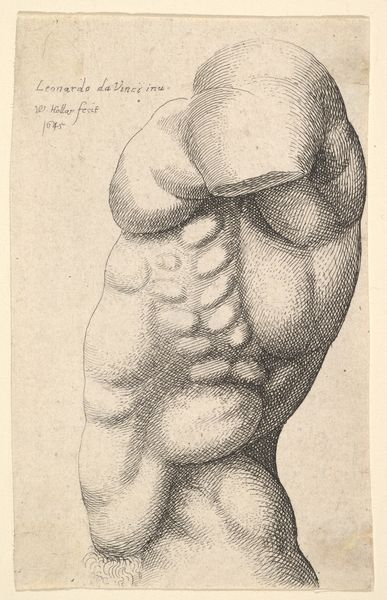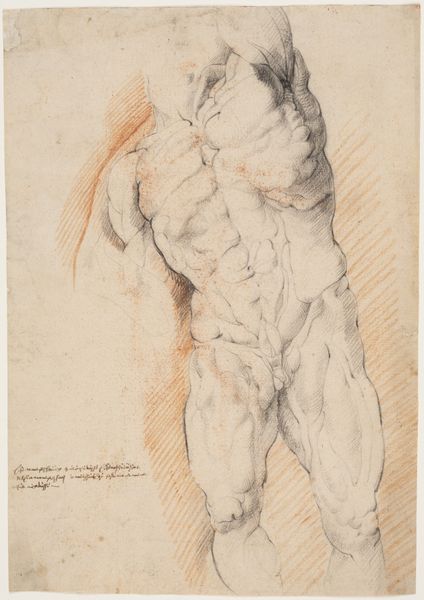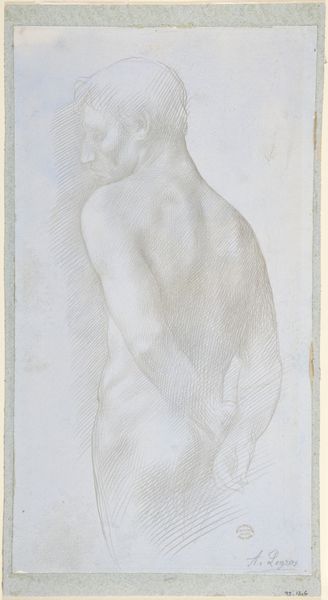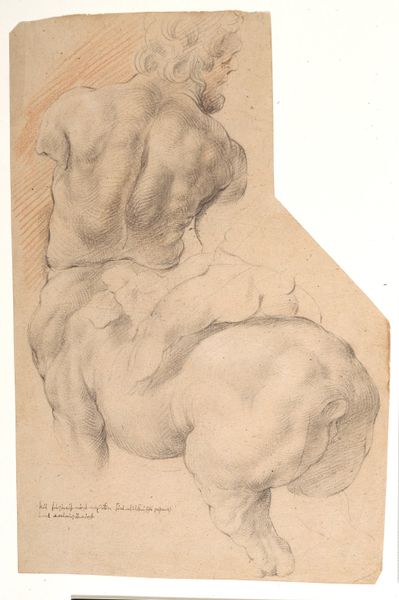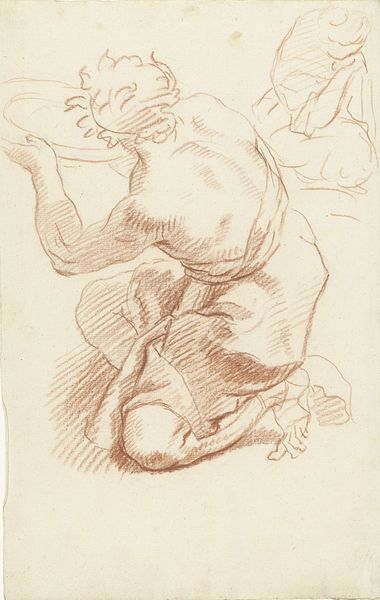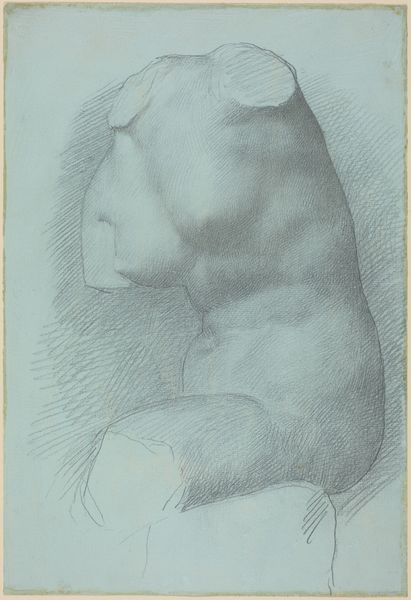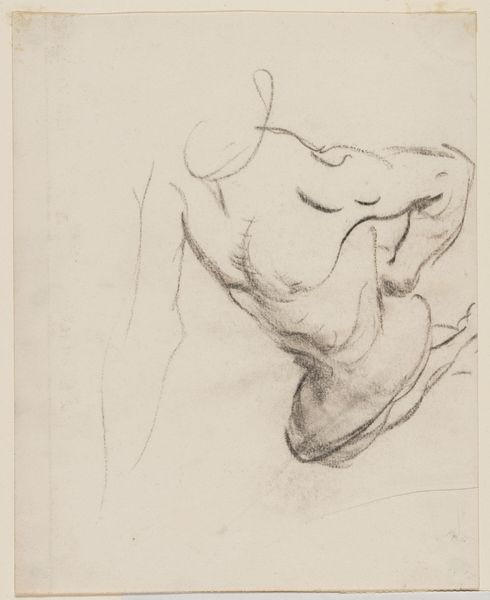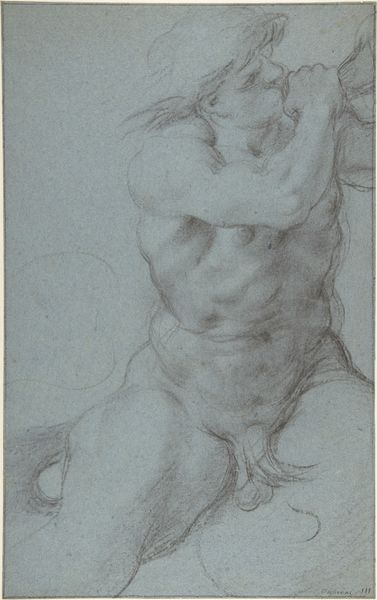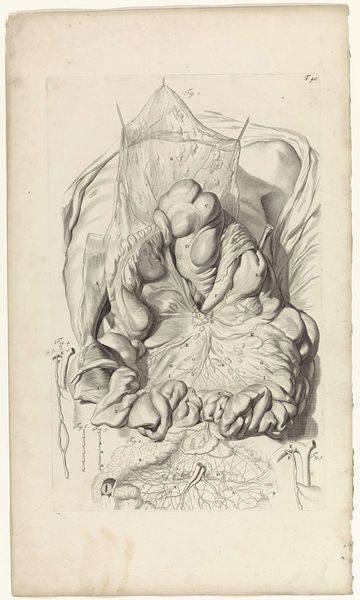
drawing, print, paper, pencil, chalk, graphite
#
drawing
# print
#
pencil sketch
#
greek-and-roman-art
#
classical-realism
#
charcoal drawing
#
figuration
#
paper
#
pencil drawing
#
classicism
#
ancient-mediterranean
#
pencil
#
chalk
#
graphite
#
academic-art
#
nude
#
realism
Dimensions: 273 × 198 mm.
Copyright: Public Domain
Curator: My first impression is that the academic quality is unmistakable, yet the incomplete nature of the work lends a peculiar vulnerability. Editor: This is a drawing entitled “Torso of Ancient Statue” and it is by John Downman. Currently, it is held here at The Art Institute of Chicago. The work appears to be created from graphite, chalk, and pencil on paper. What associations does the incomplete nature evoke in you? Curator: It speaks to the human condition, doesn’t it? We are, after all, fragmented beings seeking wholeness. The very absence of the head and limbs focuses our attention on the core, the vital essence. Classical sculpture often embodies ideals of strength and beauty. Seeing just the torso asks questions about completeness and our understanding of perfection. The material is so rough but it does show so much. Editor: Precisely. Downman's skill is quite evident, look at how the artist used chiaroscuro to create such robust volume and to give it weight; even the unfinished aspect still provides all this dimension to his classical nude form. It recalls ideas of structuralism: how each element signifies within the absence, communicating what it may symbolize, not just what it is materially. It’s quite fascinating to witness this artistic conversation occurring in monochrome. Curator: There is also that feeling of memory. The image evokes a ruin, an echo of past glory that we are invited to reconstruct in our imaginations. What resonates are the layers of meaning embedded in the incomplete form itself, revealing our continuous yearning to reconcile present with the past, mortality with idealized notions of the body, so well emphasized by the artist in such detail. Editor: Yes. I think it reveals how line and shade produce an aesthetic that goes beyond mimesis, suggesting something about what constitutes the fragmented symbol over time, particularly in how form can express loss and evoke powerful ideas. Curator: Indeed. What begins as a classical form becomes an image pregnant with meanings concerning cultural memory. Editor: It certainly moves past simple representation into something profound.
Comments
No comments
Be the first to comment and join the conversation on the ultimate creative platform.

